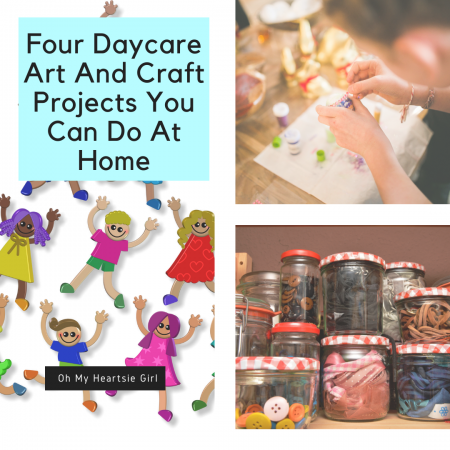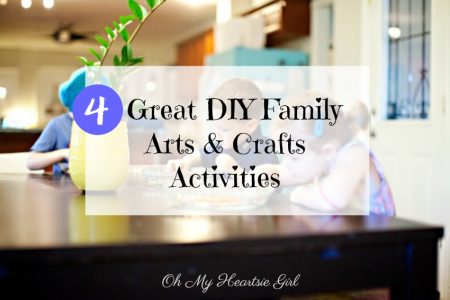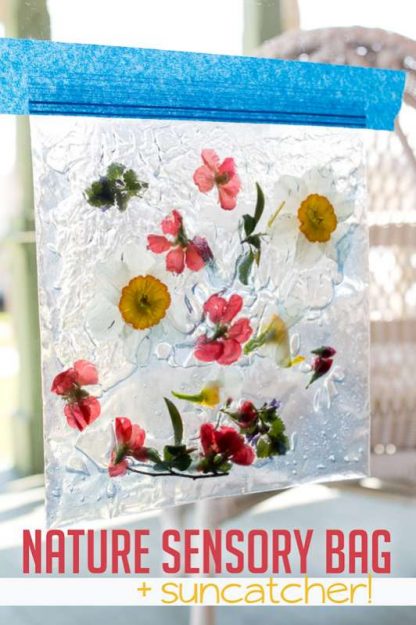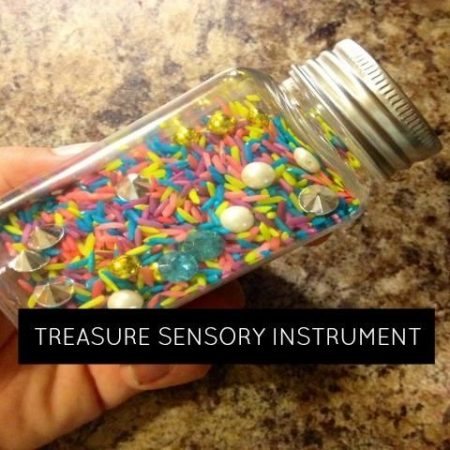 Craft and Art Projects at Home
Craft and Art Projects at Home
Do you remember getting excited about art class back in school? How about the beautiful craft projects you worked on at home along with your parents? Recalling your memories related to arts and crafts, you can probably understand their importance. Arts and crafts have a significant impact on the overall creative development of a child.
From birthday parties to summer camp activities, arts and crafts are a must-do in terms of events associated with kids. So why not have art and craft dates with your child at home? After you agree to the idea, you need to do some homework to determine a project’s safety, availability of materials, and ease of construction related to the child’s age and ability. But before you start worrying, we have got you covered on some starter project ideas.
Here are four daycare art and craft projects that children can easily take part in:
What could be better than using simple stones to make pretty little monsters? Using stones is a great option in terms of utilizing something easily available in nature. You also get to experiment with colors and patterns to create different characters.
Here is all you need to make these simple and adorable stone monsters:
Smooth Stones
Acrylic Paints
Colored Markers
Googly Eyes
Glue
Paintbrushes
Newspaper
Now that you have all your materials ready, let’s get to work!
Spread the newspaper over your work area to prevent the paint and glue from spoiling the surface. Then take a stone and paint it with your desired color. Use the marker to draw patterns and a mouth. You can stick one, two, or three googly eyes on your monster, and it is ready to make your child smile whenever they look at this cute little creation.

For young kids, working with small stones to create art can be a great activity. You can easily teach your child how to create these characters from stone and help them create as many monsters as they like. To make their experience even more fun, you can name the stone monsters you create with your kids and encourage them to play with the characters.
Sock puppets are a classic craft project for homes, daycare centers, and schools. These puppets are not just creative but also engaging for your child’s learning and cognitive growth.
Here is what you need to make your sock friend:
A sock
Googly eyes or buttons
Glue
Marker
Gather all these materials and roll up your sleeves to initiate the project.
Start by marking the locations for eyes and mouth. Glue the buttons on the spots marked for the eyes. Allow the child to mark the points. You can use the glue for them to make sure the buttons stick well. Depending upon the child’s age, you can decide whether or not they can be allowed to handle the glue themselves. Now, with a marker’s help, make the mouth of your puppet. You can use ribbons, colored markers, bows, and other creative additions to enhance your sock puppet’s appearance.
When your sock puppet is ready, you can use it for story narrations. As your child completes this art project, you can encourage them to use their puppets and conduct a puppet show, which could be a lot of fun.
Paper plates are easy to find and make an excellent supply for art and craft projects. Paper plate fish is one of the easiest craft projects you can make with a class of young students.
To make your paper plate fish, you will have to dive into your ocean of creativity and find the following materials:
Paper plates
Paints
Paint Brushes
Scissors
Googly Eyes
Glue
Marker
What next? Here’s what you do when you have everything in place:
Start by painting the entire plate with your favorite color. When the plate dries, cut a thin triangle from the center towards the ends of the plate. Now use the triangle as the tail and stick it to the rest of the colored plate. Use another plate to cut the fins of the fish and attach them to the plate. For young children, it is advised that you do the cutting for them to avoid any accidents.
You can use a different color paint to color the fins of your paper fish. Now take a different color to make the scales of your fish. You can make different patterns and decorate your fish. Stick a googly eye on your fish and make a smile with a marker, and now your paper fish is ready to show its tricks!
Ice-cream Stick Pen Stand
As parents, you are constantly looking to participate in wholesome activities with your kids. Creating art and craft projects can be a great experience that triggers your child’s creativity. You can use these projects to teach them the art of making the best out of waste. One such helpful project is an ice-cream stick pen stand.
To make your pen stand with ice-cream sticks, you will need the following:
Ice-cream sticks
Glue
A piece of cardboard
Paint
Paintbrushes
Keep all your materials ready and get started with your project.
Use a square cardboard piece to make the base of your pen stand. Now paste a few ice-cream sticks on it to cover it up. Once your base is ready, place the ice cream sticks in a square frame position. Stick every layer and go on stacking them until you reach your desired height. When your stand structure is ready, you can use different colors to paint and decorate it.
Some more art and craft ideas for creative young minds
Here are some more art and craft projects that children can try at their home, daycare, or school:
- Paper caps
- Shoe-box aquarium
- Ice-cream stick octopus
- Bottle bees
- Paper Plate butterflies
- Egg crate flowers
- Thumb painting
- Cartoon masks
- Leaf painting
- Paper fans
Arts and crafts are a part of almost all academic and recreational curriculums. Encouraging your child to engage with art is one of the best ways of promoting their creative skills.
Creativity is a never-ending stream, and introducing young students to the practice of thinking, imagining, and creating is an excellent way to trigger their cognitive growth.
Sandra Chiu works as Director at LadyBug & Friends Daycare and Preschool.”
 Creative play with modeling dough can be an enjoyable activity for children but can cause problems if parents aren’t careful. Knowing how to select the best dough compound for your child’s age and skill level is important. This list of factors will help you make that decision:
Creative play with modeling dough can be an enjoyable activity for children but can cause problems if parents aren’t careful. Knowing how to select the best dough compound for your child’s age and skill level is important. This list of factors will help you make that decision: Craft and Art Projects at Home
Craft and Art Projects at Home








